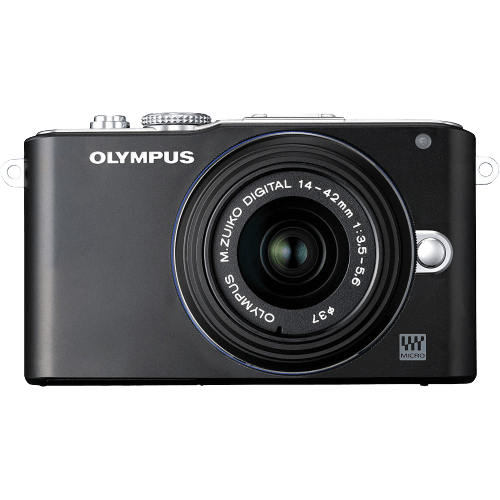Olympus PEN E-PL3 Specs and Scores

The Olympus PEN E-PL3 receives a score of 42/100 for its general specifications. Launched in 2011 at a price of $460, this mirrorless camera has dimensions of 110 x 64 x 37mm and weighs 313g (0.69lbs). Despite being a decade old, the E-PL3 still holds its own in the market due to its compact size and lightweight design. However, it’s important to note that newer cameras may offer more advanced features, so the E-PL3’s score should be considered in the context of its release date.
Olympus PEN E-PL3 Overview and Optics
The Olympus PEN E-PL3 receives an optics score of 47/100. This camera features a 12.3-megapixel CMOS sensor and a TruePic VI processor, resulting in a DXOMARK sensor score of 52. With a shooting speed of 5.5 frames per second, the E-PL3 is capable of capturing fast-moving subjects. The Micro Four Thirds sensor size and Micro 4/3 lens mount provide versatility in lens options, while the built-in image stabilization helps reduce camera shake for sharper images. The camera’s aspect ratio is 4:3.
Comparing these specifications to the current market, the Olympus PEN E-PL3 falls short in terms of megapixels and sensor performance. Many modern cameras offer higher megapixel counts and improved sensor technology, providing better image quality and low-light performance. However, the E-PL3’s image stabilization and lens options remain relevant and useful.
Considering the optics, the Olympus PEN E-PL3 may not be the top choice for photographers seeking the highest image quality. However, its versatility in lens options and image stabilization features make it a viable option for those who value these characteristics.
Olympus PEN E-PL3 Video Performance
The Olympus PEN E-PL3 receives a video score of 56 out of 100. This camera offers Full HD video capabilities with a maximum resolution of 1920 x 1080 pixels. Additionally, it supports a maximum video frame rate of 60fps, ensuring smooth footage in various situations.
However, the E-PL3 lacks built-in time-lapse functionality, which is a feature many modern cameras include. Considering today’s market and the increasing demand for high-quality video, the video capabilities of the Olympus PEN E-PL3 may not meet the expectations of some users.
Taking these specifications into account, the Olympus PEN E-PL3 offers decent video features but falls short in comparison to more advanced cameras currently available. For those seeking exceptional video performance, exploring other options might be a wise decision.
Olympus PEN E-PL3 Features and Benefits
The Olympus PEN E-PL3 scores a 36/100 in features, which may seem low compared to modern cameras. The camera comes with a 3-inch screen, but the resolution is only 460,000 dots, making it less sharp than other cameras in the market. The absence of a touchscreen further limits its user-friendliness.
Additionally, the E-PL3 has a flip screen, which is a useful feature for shooting from various angles. However, it lacks GPS, WIFI, and Bluetooth capabilities, which are now standard in many cameras for easy geotagging, sharing, and remote control.
Despite these shortcomings, the Olympus PEN E-PL3 still offers decent functionality for its time, but it struggles to compete with the advanced features found in today’s cameras.
Olympus PEN E-PL3 Storage and Battery
The Olympus PEN E-PL3 receives a storage and battery score of 16/100. This camera offers one memory card slot, which accepts SD, SDHC, and SDXC cards. In comparison to other cameras in the market, the single memory card slot may limit storage capacity and flexibility. Furthermore, the E-PL3 has a battery life of 300 shots, powered by a BLS-5 battery. This battery life is comparatively lower than other cameras in today’s market.
The camera does not support USB charging, which could inconvenience users who are always on the go. Considering the storage and battery specifications, the Olympus PEN E-PL3 falls short in meeting the standards of modern cameras.
